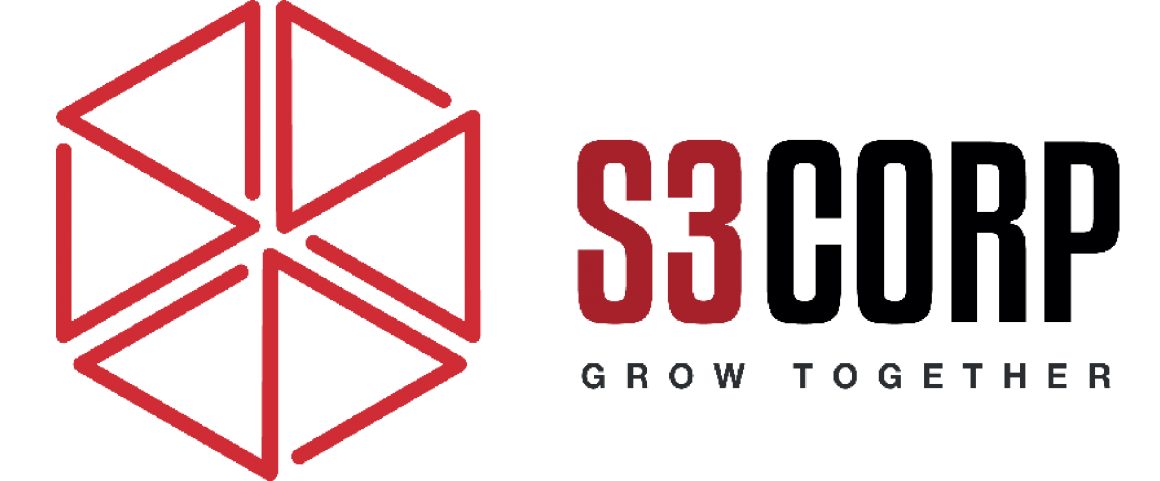Essential Considerations Before Starting a Software Development Project with an External Partner
— June 25, 2019Diving into a software development project with an external partner is an exciting yet complex endeavor. The success of your project hinges on collaboration, commitment, and clear communication between you, the client, and the development team. While a skilled team is crucial, your active engagement is equally vital. To ensure a smooth process and achieve your project’s goals, it’s essential to prepare thoroughly and understand your role in guiding the development journey.
This guide provides key insights into what clients should expect and how they can meaningfully contribute to a successful partnership.
Hiring a Development Team: Finding the Right Partner
One of the first steps in embarking on a software development project is selecting a competent development team. For many businesses, this can be a challenging process. While it might be tempting to go for the lowest bid, quality and expertise often translate into a higher cost, and it’s wise to balance price with the level of experience you need.
To find the best delivery partner, here are some critical steps:
- Research Thoroughly: Look for a team with a proven track record in the type of application or system you want to create. Explore portfolios, read case studies, and analyze past projects. For example, if you’re creating a healthcare app, it’s beneficial to work with developers who understand the strict compliance requirements in healthcare.
- Prioritize Communication and Transparency: Choose a partner who values open communication and honesty. Your partner should be transparent about progress, challenges, and timelines.
- Assess Technical Expertise and Cultural Fit: Beyond technical know-how, cultural alignment matters. A team with a similar work culture or approach can make collaboration smoother, reduce misunderstandings, and lead to a better project outcome.
While this initial hiring phase can take time, a thorough evaluation of potential partners lays a strong foundation for your project.
Setting the Legal Groundwork and Crafting a Detailed Product Brief
Once you’ve found a development partner, it’s essential to formalize the relationship with a clear contract. This contract will protect both parties and outline expectations, responsibilities, and ownership of the final product.
Equally important is creating a comprehensive product brief that includes:
- Scope Definition: Detail the scope of the project, specifying each module, feature, and functionality you want. A clear project scope helps prevent scope creep, where unplanned features start impacting the timeline and budget.
- Feature Requirements: Document the specific features you envision for the application. For example, an e-commerce application might include functionalities like payment processing, user authentication, product categorization, and order tracking.
- Desired Outcomes: Clearly state your expectations for the final product, including how it should perform and any specific business objectives it should fulfill. If you’re aiming to streamline a business process or enhance user engagement, include these goals in the brief.
Investing time in these preparatory steps not only helps the development team understand your vision but also saves time later in the project.
Defining Application Scope and Providing Accurate Estimates
At the heart of every successful software project is a well-defined vision. Many clients may have an idea of what they want, but it’s essential to articulate this vision in a way that development teams can act upon.
- Reference Existing Solutions: If your idea is similar to an existing application, provide examples. This allows the development team to understand your preferences quickly. For instance, if you want an interface similar to popular social media platforms, share examples.
- Provide Visuals if Possible: If you have preliminary mock-ups, sketches, or diagrams, share them with the team. These visuals can serve as invaluable references, especially when defining specific design elements or user experience flows.
For clients with limited technical backgrounds, defining every detail can be challenging. This is why many software providers, including ours, offer product design workshops. During these workshops, clients and developers collaboratively explore the product vision, establishing the foundation for a minimum viable product (MVP), identifying critical features, and clarifying usability needs.
Workshops provide a space for both the development team and clients to align on expectations, understand limitations, and identify opportunities to enhance the product.
Product Design Workshops: Building a Shared Vision
Product design workshops serve as the bridge between your ideas and the development team’s execution. These sessions involve gathering key stakeholders in one place to collaboratively define product requirements.
During these sessions:
- Communicate Your Vision Clearly: Use this time to walk the team through your idea, providing as much information as possible about your business goals and user expectations.
- Participate Actively: You’ll be asked numerous questions as the team attempts to clarify the details. Be ready for in-depth discussions, as the more specific you can be, the more accurately the team can estimate timelines and allocate resources.
- Agree on Deliverables and Timelines: Defining a clear roadmap with the team allows everyone to work toward shared milestones and keeps the project on track.
Workshops may seem intense, but the time investment pays off, as they provide clarity and ensure everyone involved has a mutual understanding of the project’s direction.
Preparing for Product Design Workshops
For clients, preparation is key to maximizing the effectiveness of product design workshops. Here are a few pointers:
- Assign a Knowledgeable Representative: If a single person is representing the company, they should be well-versed in both the technical and business aspects of the project. For more complex projects, it’s often beneficial to have a cross-functional team involved.
- Set Realistic Goals: Workshops are intensive and can last several hours, even stretching across multiple sessions. Be prepared for this commitment, as the outcomes of these workshops will directly impact the project’s success.
Bringing together key stakeholders helps the development team gain a holistic view of the desired functionality. Even with the time commitment, clients often find that these workshops save significant time in later stages by preemptively addressing potential challenges.
The Role of a Product Owner in Agile Development
A successful software project requires an individual on the client side who can take responsibility for making critical decisions throughout the project. This is the Product Owner in Scrum methodology.
- Primary Decision-Maker: The Product Owner is tasked with prioritizing features and defining the scope for each development sprint. They must be deeply familiar with the client’s industry and understand the unique needs of the target audience.
- Availability and Responsiveness: The Product Owner must be available to answer questions, provide guidance, and offer clarification promptly. Delays in feedback can create bottlenecks, affecting timelines.
- Knowledge of Business and User Needs: For instance, a Product Owner in an e-commerce project should understand the purchasing journey, user engagement strategies, and common pain points.
It’s generally best if the client provides their Product Owner, as they bring invaluable domain-specific knowledge. Working closely with the development team, the Product Owner acts as a bridge between business goals and technical execution.
Managing Project Communication and Engagement
Effective communication is central to a successful client-provider relationship. Regular check-ins, feedback loops, and open channels for discussion help keep the project moving forward.
To maintain efficient communication:
- Use Collaborative Tools: Platforms like Slack, Trello, and Jira streamline communication, enabling real-time updates and issue tracking.
- Plan Regular Checkpoints: Hold sprint reviews, backlog grooming sessions, and planning meetings. These meetings allow the development team to align with the Product Owner on upcoming tasks and resolve questions early.
For example, our work with clients like *The Guardian* illustrates the impact of effective communication. With regular meetings, clear documentation, and active engagement, we maintained alignment and met business objectives.
Client Engagement as a Key Success Factor
A collaborative spirit is crucial for any project’s success. While some clients prefer to “hand over the keys” and let the developers take full control, this often leads to a disconnect. The best outcomes are achieved when clients are engaged and committed.
- Allocate Time for Collaboration: From design to development, setting aside time to address questions, review progress, and refine features ensures a smooth process.
- Act as a Strategic Partner: Engage with your development team as a partner rather than a service provider. By investing time to understand technical constraints and providing timely feedback, you’ll contribute to a product that meets your needs.
While our team can assume some responsibilities if a client requires a hands-off approach, our preference is always to work in close collaboration with clients.
Conclusion: Setting Yourself Up for Success
Starting a software development project with an external team is a substantial undertaking that requires thoughtful preparation and dedication. By choosing a reputable software development partner, investing in a detailed product brief, actively participating in workshops, and designating a knowledgeable product owner, you’re positioning your project for success.
An engaged client is a critical factor in any project’s success. Commit to a collaborative mindset, set clear expectations, and maintain open communication. With these principles in mind, you’ll be well-equipped to bring your software vision to life.





